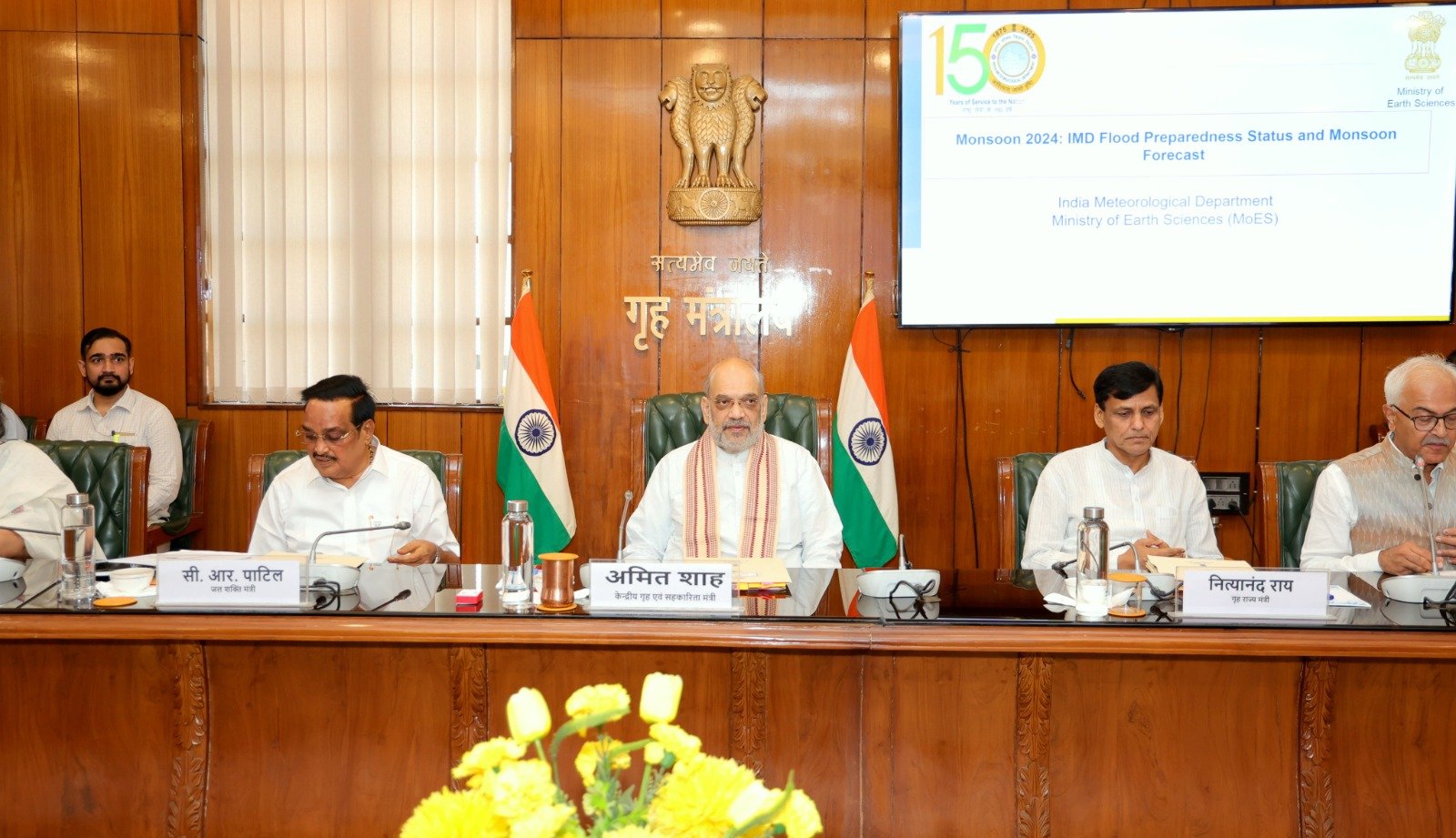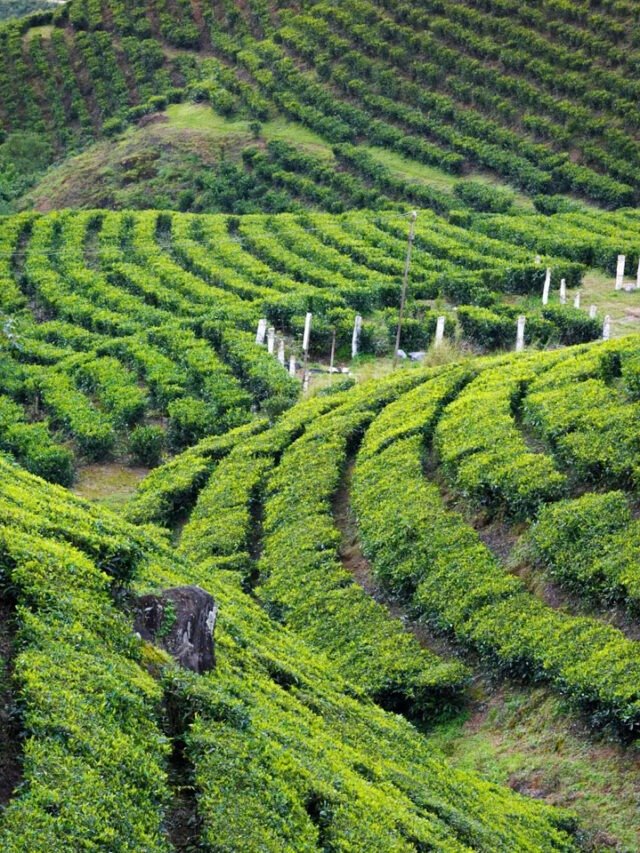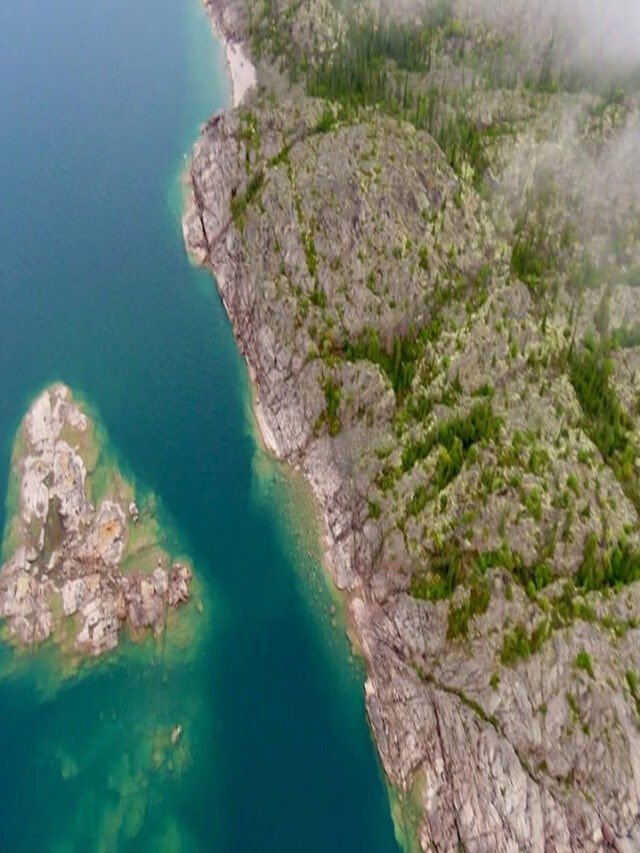NEW DELHI, July 9: Four states and a Union territory in the Himalayas will commence ground surveys to determine the vulnerability of glacial lakes after the monsoon season, officials said on Tuesday.
A glacial lake outburst flood (GLOF) in Sikkim in October 2023 has prompted this initiative, they said.
Monitoring systems will also be established to provide crucial information about GLOFs, the officials said.
“Himachal Pradesh, Uttarakhand, Sikkim, Arunachal Pradesh and the Union Territory of Jammu and Kashmir are setting up survey teams and identifying routes to the glacial lakes. The teams will include officials and experts from agencies, such as the National Remote Sensing Centre, the Indian Army and the Geological Survey of India,” an official from the National Disaster Management Authority told PTI.
The survey, set to launch after the monsoon season, will target select glacial lakes based on their risk profiles. “It is humanly not possible to cover all the glacial lakes,” the official said.
Most of these lakes are situated at altitudes of 5,000 metres or higher. The survey teams will comprise experts in hydrology, topography and other relevant fields who are equipped to endure harsh weather and difficult terrain.
The glacial lake outburst in Sikkim resulted in at least 60 fatalities and extensive damage in the Mangan, Gangtok, Pakyong and Namchi districts. It also destroyed the Chungthang dam (Teesta III dam), a crucial part of a major hydropower project.
Glacial lakes are formed by the melting of glaciers and accumulation of meltwater in depressions on or near the glacier’s surface. GLOFs occur when these lakes suddenly burst open due to factors, such as excessive water accumulation or triggers like earthquakes. These floods can cause significant destruction and pose serious risks to people and the environment downstream.
The officials said that the current understanding of glacial lakes is primarily based on remote sensing, which is insufficient to determine their vulnerability comprehensively. Conducting ground surveys is essential but challenging due to the remote, high-altitude locations of these lakes.
According to an April report by the Indian Space Research Organisation (ISRO), 676 of the 2,431 glacial lakes larger than 10 hectares in the Himalayas have notably expanded since 1984. Of these, 130 lakes are in India, with 65, 7, and 58 located in the Indus, Ganga and Brahmaputra river basins, respectively.
The report noted that 601 lakes have more than doubled in size, 10 have grown between 1.5 to 2 times, and 65 lakes have expanded by 1.5 times.
An elevation-based analysis reveals that 314 lakes are located between 4,000 and 5,000 metres, and 296 lakes are above 5,000 metres in elevation.
The Ghepang Ghat glacial lake in the Indus River Basin, situated at an elevation of 4,068 metres in Himachal Pradesh, has seen a 178 per cent increase in size from 36.49 to 101.30 hectares between 1989 and 2022.
The Himalayas, often referred to as the Third Pole due to their extensive glaciers and snow cover, are highly sensitive to climate change.
Research worldwide has consistently shown unprecedented rates of glacier retreat and thinning due to human-caused climate change, leading to the formation of new lakes and the enlargement of existing ones in the Himalayan region. (PTI)












